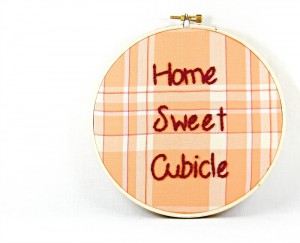Gender and Status Matching

Research shows, women do not trade beauty for status when selecting male mates. A lot of previous research only examined attractiveness for women and status for men. Writing in American Sociological Review, however, Elizabeth Aura McClintock examined the role of exchange and matching in romance. When you consider both attractiveness and education traits for both partners, it turns out most people are matching on both. To collect her data, McClintock’s team used a personal attractiveness index to examine how equally-matched a particular couple was, considering physical attractiveness, grooming, and personality. The researchers found that across 1,507 couples, romantic partners tended to be equally attractive, regardless of socioeconomic status.
Meanwhile, researchers David McClendon, Janet Chen-Lan Kuo, and Kelly Raley, in the journal Demography, studied why men and women tend to select equally-educated partners. Rather than finding a simple story of advantaged people choosing advantaged partners, they found evidence that the labor market is facilitating graduate-to-graduate matches: more couples meet at work now that most women are employed. Since educational level strongly correlates with occupation, individuals are generally exposed to potential partners at the same educational level. The authors also found that women in occupations with more college graduates are more likely to marry and more likely to marry instead of cohabiting than those women in occupations with few degree holders. The pattern doesn’t hold for men.
These studies suggest women are wielding their own power—and standards—in the making of marriage.
